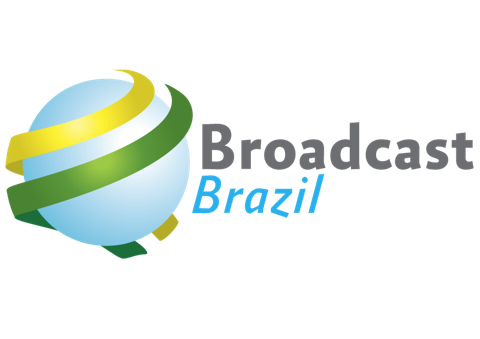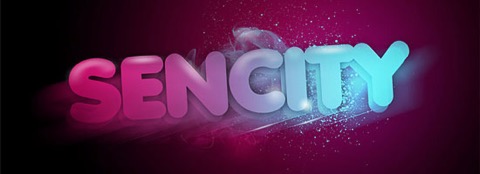
2018
2018, It will be awesome!

After our yearly big break we start again at Broadcast Brazil. 2017 Was a difficult year for Brazil, but also for a lot of Brazilian Audio Visuals.
We hope we will get some changes this election year so we can all grow and benefit from our hard work.
This year we will add more to the portfolio of courses and training classes for Audio Visuals. Info follows here and on our social media channels.
More additions to the "Broadcast Brazil shop.". The first new 2018 design is available now!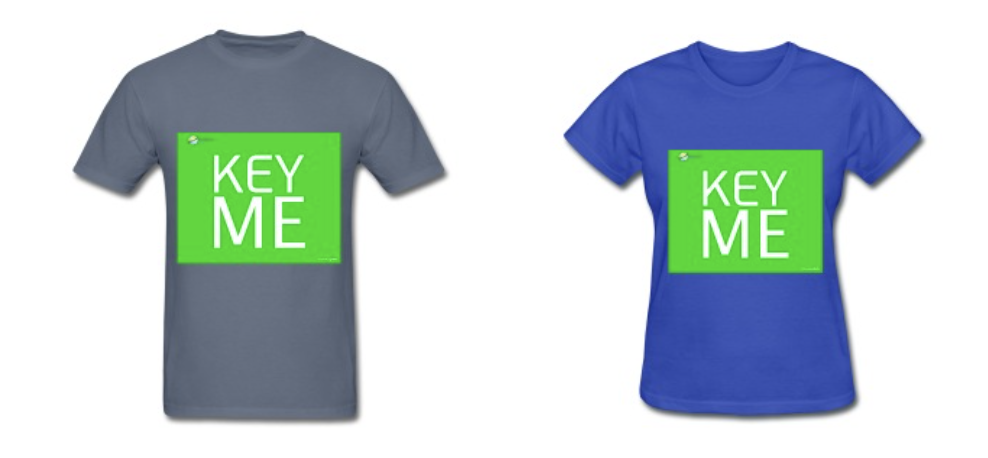
We will keep all our other items, like the industry agenda, JOBS and our member pages. On Social media you can find Broadcast related news that is interesting for Brazilian Broadcast technicians and operators, camera-operators, light and sound people, film production , postproduction and VFX animation studios. We try to make the best selection of available news. Besides that we will focus our #weekenread articles to one subject each weekend, for example in week 6 the subject of the #weekendread will be the Olympic Wintergames in Korea.
Than we a a great new Column from Roeland van der Manden, it is all about Camels and an important message.
We hope you’ll like it. We will do more REVIEWS because they are pretty populair. This year we will do some Hardware reviews also.
Like us if you want on Facebook, follow us on Twitter and Instagram , Subscribe to our YouTube channel.
Happy Christmas for you all from the Broadcast Brazil crew!
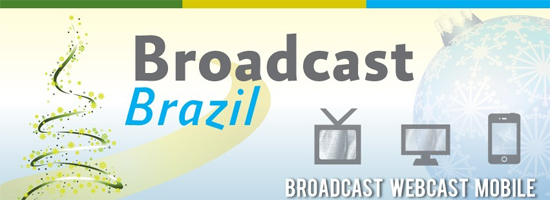
Holidays at Broadcast Brazil.
dear Members and readers,
This year we introduced the Broadcast Brazil SHOP , our new Broadcast Brazil Academy… we were be able to extend the JOBS page.
We are some months on Instagram also, check it out!
In 2018 we will surprice you with some more. Like to learn better english, learn about new equipment or use your equipment better so you are growing in knowledge and give a better result to your clients.
Let’s use 2018 to level up our productions again.
We have already some nice new Blog articles and Columns in the pipeline for 2018!
We will be back February 5th 2018
happy Christmas for you all from the Broadcast Brazil crew!
Like us if you want on Facebook, follow us on Twitter and Instagram , Subscribe to our YouTube channel.
2017, It will be awesome!
2017, It will be awesome!

After a big break we start again at Broadcast Brazil. That you haven’t heard from us doesn’t mean we are not developing new things. No… we will come up with some new things for Broadcast Brazil in 2017. First we will introduce you all to the Broadcast Brazil Academy.
In 2017 we are going to start building a portfolio of courses and training classes.. We will offer Face-to-face and online courses. These courses and training will be given by a group of international broadcast professionals and professional photographers. The courses and training will all be giving in English. The courses and training are relevant and effective for both the individuals as well for companies in the business. More info follows here and on our social media channels.
We also would like to introduce you the new "Broadcast Brazil shop.". Here you will find Broadcast related items. On our facebook page we offer space for our members to sell their equipment.
Both new items on Broadcast Brazil wil be rolled out through out the year. At the same time we will keep all our other items, like the industry agenda, JOBS and our member pages. On Social media you can find Broadcast related news that is interesting for Brazilian Broadcast technicians, camera, light and sound people, film production , postproduction and animation studios. We try to make the best selection of available news.
We hope you’ll like it.
Like us if you want on Facebook, follow us on Twitter and Subscribe to our YouTube channel.
Encoder testing in Rio de Janeiro for 2016 Olympic Games
Smart-telecaster Zao H.265 encoder testing in Rio de Janeiro for 2016 Olympic Games
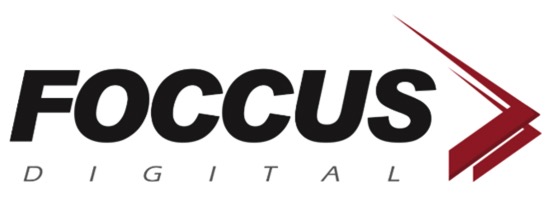
BB: Can you tell us your name and function at Foccus Digital:
Robert: My name is Robert Houghtaling, working at department Business Development. I am responsible for marketing, effectively managing innovation, new industry solutions and supporting strategic partnerships. I work at Foccus Digital for 1,5 years now.
BB: Tell us about the company Foccus Digital.
Robert: Foccus Digital founded in 2006 is a systems integration firm that provides complete infrastructure for the processing and transmission of IP signals in the broadcast industry. Foccus offers a renowned portfolio of partners integrating hardware, software and services to ensure complete operability of an end-to-end solution. Our post sales and service areas are an integral part of our commitment to supporting clients and ensuring functionality for the life of the equipment. Foccus Digital additionally provides expertise and consistency in the logistical import processes aligned with the requirements of Brazil and Latin America. Foccus Digital is already 10 years doing business in Brazil and for 4 years also in Latin America.
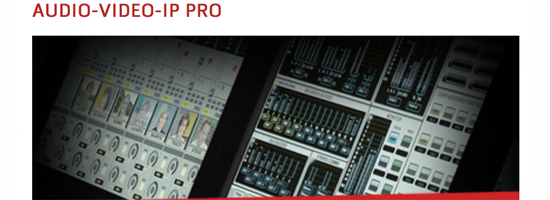
BB: Did you see a growth in audio/video related products in 2015 for Foccus Digital in South America/Brazil.
Robert: We continue to see increasing growth in the integration of networks defined by software and IP. Foccus digital concentrates on emerging technologies and the solutions necessary to manage baseband and IP both intelligently and efficiently. Brazil also has an increasing need for microwave radio links and mobile encoders for live streaming over 3G, 4G / LTE / WiFi.
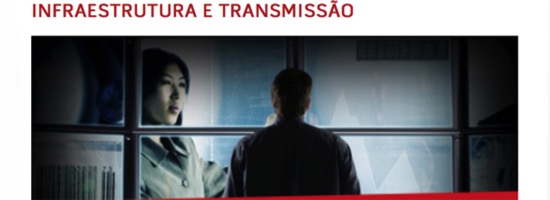
BB: You attended this years SET EXPO, what do you think about this exhibition, and are you planning to attend more Brazilian Exhibitions next year, Like the Church Expo for example.
Robert: The SET Expo is an excellent event for learning about new industry-leading solutions and networking. We had an a great turnout. We have additionally participated in the Church Tech Expo in 2015 to market our portfolio to this niche market.
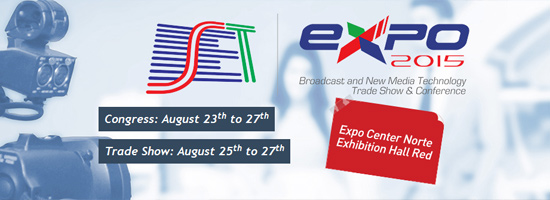
BB: Do you work besides the south america region also in other regions on the planet.
Robert: As a systems integrator we are often able to collaborate on a variety of projects in South America. Our US based company Palma International Technology integrates projects throughout Latin America and serves as the distributor of Belden cables and connectors for the entire region.
BB: Is communicating in the english language important at Foccus Digital for Brazillian co-workers
Robert: Foccus has long standing partnerships with several American and European companies including Aviat Networks, Belden, Imagine Communications, Gates Air, Cobham, Riedel and Spinner. The technology and training resources developed by these partners is generally all presented in English. In addition, we recently became the Latin American distributer for Soliton a Japanese based company. This partnership developed with English is our unifying language.
BB: Are you or planning too partnering with Brazilian companies.
Robert: We coordinate with the regional offices of each of our partners.To date we have only represented international brands, but we are always on the lookout for new interesting technology both nationally and internationally.
BB: Which section in the audio/video market is the strongest for Foccus Digital in Brazil.
Robert: Brazilian broadcasters are actively seeking solutions for mobile encoders enabling transmission of high quality real-time video even in challenging localities with extremely limited bandwidth. Broadcasters require the ability to transmit essential events with high quality digital video and stability, even under network congestion or weak network signals. Foccus Digital is integrating the Smart-telecaster Zao, the world’s first H.265 mobile encoder ideally designed for mobile streaming, live sports and live journalism applications. This market continues to grow as and we are finding the H.265 encoder is an excellent robust solution for live sports and live journalism applications.

BB: How do you see the broadcast market in 2015 due to Olympic Games in Brazil
Robert: We foresee a number of planning opportunities for event infrastructure, A/V event and rental services associated with the 2016 Olympics Games. Foccus and Soliton have confirmed on-site support and rental of the Smart-telecaster Zao for Brazilian and foreign broadcasters who will require high-quality transmission solutions.
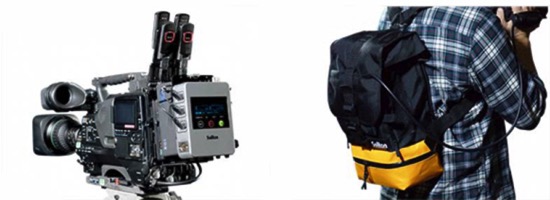
Our partner Cobham offers the most robust COFDM link in the world. We have been offering demonstrations and highlighting Cobham solutions including the SOLO HD 7 Nano is the world’s smallest COFDM digital transmitter. The Nano is characterized by a lightweight design, low power consumption and HD video quality ideally utilized in drones, enabling high-performance HD broadcast events and aerial filming. We are targeting our portfolio to offer solutions for the large variety of events at the Olympic Games. Foccus Digital will be on-site providing technical support, sales and leasing options in Brazil.
BB: You have done a test with the Smart-telecaster Zao H.265 encoder in Rio de Janeiro, a Live transmission in the historic Igreja Matriz in Santana de Parnaiba , can you tell us more about it…. what makes it so special.
Robert: The Soliton Smart Telecaster Zao is the world’s first H.265 mobile encoder that provides a live broadcasting link anywhere there is a connection. Zao allows broadcasters to get to locations quickly and transmit high quality video and audio via 3G/LTE/Wi-Fi networks. The H.265/HEVC video compression standard ensures efficient and robust transmission even in localities with extremely limited bandwidth. The preliminarily tests in Rio confirmed that transmission in full HD can be achieved in all areas of the city.
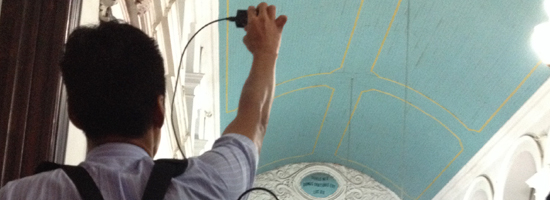
BB: Is the Smart-Telecaster prepared for mobile networks in Brazil.
Robert: The Smart-telecaster is offering a excellent solution for Brazilian broadcasters many who have experienced issues with H.264 equipment in low bandwidth areas. By connecting up to 6 mobile modems and utilizing the H.265/HEVC standard, video can be compressed to a file that is about half the bit rate of its predecessor AVC. The result is video compression twice as efficient as AVC and a significantly improved image quality of full HD at a low bit rate. We have tested throughout Brazil with all mobile operators with exceptional results.
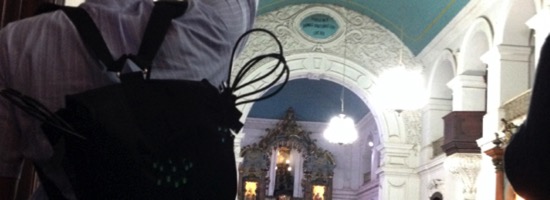
BB: What can you tell us about the H265/HVEC licensing fees that some want to introduce for the use of the H265/HEVC codec And will this also influence future use and users of the Smart-Telecaster.
Robert: We are following closely the developments related to the licensing fees and we will continue to monitor how this could play a role in H.265/HEVC. As of now, Zao does not have any issues related to licensing and be utilized by all broadcasters.
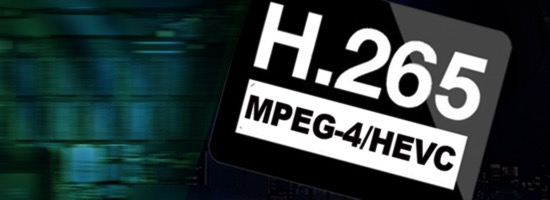
BB: Any surprising challenges you had or think you will have or had in the Rio de Janeiro test with the Smart-Telecaster in Brazil.
Robert: Zao was exceptionally stable and reliable during our tests in Rio de Janeiro. The robustness of the equipment and lightweight design will allow broadcasters to get to and transmit the essential Olympic events quicker and easier. Test were performed at sites including Maracanã and Engenhão Stadiums, Olympic Park, Marina da Gloria, Christ the Redeemer, and the Sambodromo. Zao transmitted flawlessly in full HD in all localities utilizing a variety of modems and the 3G/4G chips of the major Brazilian mobile operators.
Video Rio 2016 Olympics Smart-telecaster Zao:
Like us if you want on Facebook, follow us on Twitter and Subscribe to our YouTube channel.
mentioned:
Foccus Digital : Website
Soliton : Website - YouTube
Aviat Networks : Website - Facebook - Twitter - YouTube
Belden : Website - Twitter - YouTube
Imagine Communications : Website - Twitter - YouTube
Gates Air : Website - Facebook - Twitter - YouTube
Cobham : Website - Twitter - YouTube
Riedel : Website - Facebook - Twitter - YouTube
Spinner : Website - Facebook - Twitter - YouTube
Interactive webcasting, a growing market in Brazil
Since the late nineties, Dutch company Connecting Media has been producing live webcasts from any location in the world. Dance-events, Corporate events, live streaming from nunneries, 24 Hours of Francorchamp + other races in Belgium and Netherlands , a lot of Freefight events in Europe are just some of the productions they did. They were the first to have a special OBvan for internet productions ( IFP - Internet Field Production ) and nowadays they work with Fly-away sets. After their first experiences streaming 2 music events from Holland and Budapest, they figured out there could be many interactive possibilities besides ”just” webcasting video. Especially compared to TV transmissions back then. In this interview, we caught up with the managing director of Connecting Media in Brazil, René Schaap.
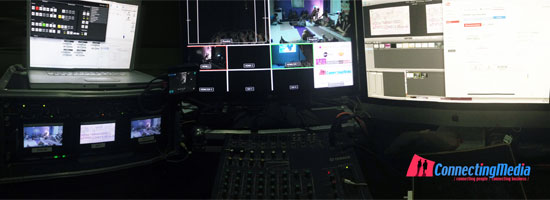
BB: What were your first attempts in making live streaming more interactive?
CM : We started simply with adding on-demand video’s next to the stream, during these live music events. Meaning that in a break or people could start to watch interviews with DJ’s that we made just 30 minutes before and edited and uploaded directly. People could also send us questions to the DJ’s so we could include these questions in the interviews. Our visitors loved that, because they felt like being part of the event even when they were not there. At later events in 2005, where speakers presented their company and innovations by using PowerPoints, we developed our Slide System. We found that, even though some speakers are stil working on their latest presentation minutes before they started, the best way was to get the presentation from them, and quickly batch convert the slides in our system to be able to switch them live besides the video stream on the event page. This meant more info for the viewer, and usually sharper and better quality of the slides.
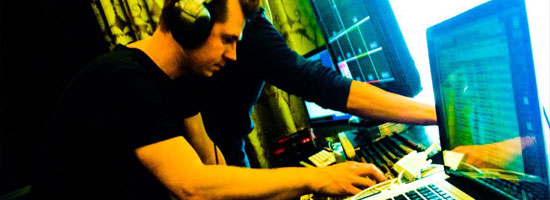
BB: The available bandwidth in Europe was growing last decade, did this bring more possibilities for live webcasting?
CM: Yes, we could make 5 different streams from one location for example… 6 years ago already. Microsoft was one of our first clients, and at an event we had live streams from 5 different areas where presentations took place within the building. On the Microsoft event page, you could choose what you wanted to see. Also uploading edited video’s next to the stream went better and better. We have to say that we did not raise the bitrate as much as the bandwidth increase allowed, always thinking about the available bandwidth of the possible viewers.
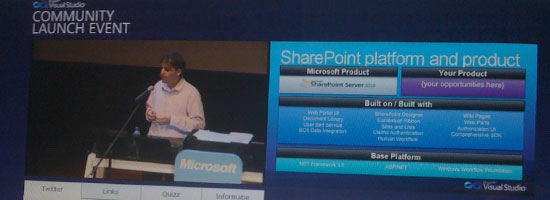
BB: What else did you develop?
CM: Our most used "module" is the Live-slides I mentioned earlier. Syncing PowerPoint slides live with the videostream. But we also integrated live GPS-tracking at sports events, where you could follow the position of sportsmen when they were not actual. Also polls, graphs and the possibility to ask questions during a live webinar and of course all kinds of social media integrations to communicate with the viewer. The latest is live camera switching by the viewers of the livestream, they will be their own TV director.
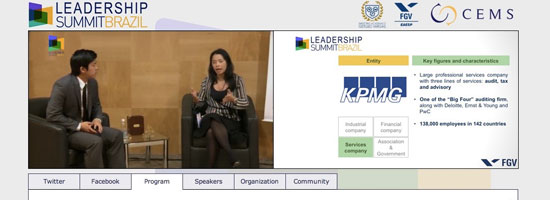
Besides the software we have always used specific hardware to optimize audio and video quality. We have 2 mobile webcast sets in Brazil. A small one for simple productions and an extended one for 6 camera’s. We work in HD, we can record the event in HD and make a short edit during the event itself. We have our own camera’s we can also integrate other signals and add the livestream to for example a LED-Wall or an OB / Satellite Uplink van.
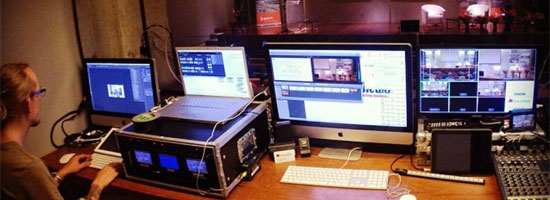
BB: Did you webcast in Brazil?
CM: A lot, I just will give some special examples. We started in 2008 to learn the market here, which is different than Europe. In 2011 we produced a live interactive webcast at an event for the FGV university in São Paulo named the Leadership Summit, and repeated this in 2012. At the MAM (Museu de Arte Moderna) we did a livestream for Sencity to another location in Rotterdam, The Netherlands where the event took place at the same time. Here our guys from the Netherlands sent us the live-stream from in Rotterdam, making it a two-way webcast with the possibility of artist performing at both locations. We also did a live interactive webcast for Urban Mobility in São Paulo. Besides the interactive webcasts we often have ”normal" livestreams for events and companies like Namaskar Yoga in Santos. Every month we stream the event Roda da Mães live on their YouTube channel.
BB: Did you encounter any difficulties when starting in Brazil, that you did not have in Europe?
CM: I would say ‘not more than in Europe’, although Europe is easier to connect because of the infrastructure. Like in Brazil nowadays we have had a lot of struggles with stable bandwidth with internet connections from some providers. When you have rain, it is even worse. In the most of Europe this is not much of an issue anymore. I think mostly it’s the fact that locations are not prepared for live streaming yet. I would rather see big event locations like soccer-stadiums, event-halls and conference centers, have a dedicated line especially for this. it would mean they can serve their clients better and interact more with the outside world. Act more like an event organiser, with better service they can control. We ourselves are using satellite uplinks more and more, if only for the fact that you have more ”ownership" over your connection. A dedicated internet line is as expansive almost as a satellite uplink truck in Brazil in which of course is very weird. An uplink truck can deliver a very stable connection, a dedicated line can still suffer from all the boxes, routers, patch panels between the location and the CDN.
Another thing in Brazil can sometimes be the language and cultural differences. Cultural differences are interesting and make traveling fun, but people should be aware of them and listen to each other to understand better. Our Brazilian co-workers speak English besides Portuguese. Because of our international clients, we cannot work with a crew that’s only communicating in Portuguese.
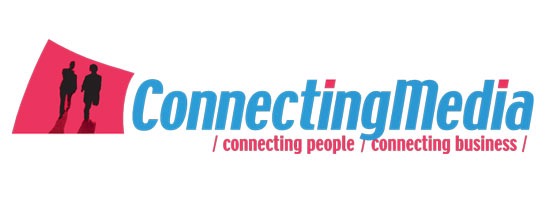
BB: Where lies the future for Connecting Media in Brazil?
CM: Of course doing more interactive webcast projects in Brazil, the companies and events are aware of our possibilities. Besides that we also want to extend and integrate our Broadcast, Web and Mobile solutions. Our business is just starting here but we already have some great partners and are positive about the future.
Like us if you want on Facebook, and follow us on Twitter and Subscribe to our YouTube channel.
mentioned:
Connecting Media : Website - Facebook - Twitter - YouTube - Instagram
Webcast Urban Mobility : Website
Webcast Campeonato Europeu de carabine e pistola de ar : Website
Sencity, a story of Ronald Ligtenberg.
Event organizer “Stichting Skyway" organizes sensory music events for the deaf and hearing. The emotion of the music is transferred to the public with Aroma Jockeys, Vibrating dance floors, Taste sensations and Sign language dancers. The concept is very successful internationally as well and pulls the whole world with editions in Cape Town, Sydney, Miami and many European cities.
To understand what Sencity is, watch this video:
Ronald Ligtenberg of Skyway: On 24 September 2011 there was an event planned in São Paulo and simultaneously in Rotterdam. By using a live Internet stream, visitors could enjoy each other in both cities. Establishing such a connection is important for the deaf community. Because they often are in the minority, they benefit from solidarity worldwide.
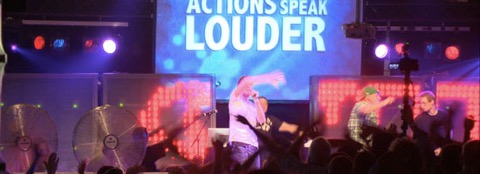
The podium in Rotterdam with the livestream from São Paulo on the beamer projection.
The feeling that they do not stand alone but together with their counterparts on the other side of the planet forms a unity, promotes confidence and self esteem. Thanks to the international technological knowledge of Connecting Media & Connecting Media Brasil we managed 'relatively easy' to set this up. It was very useful that Connecting Media at both locations could facilitate an expert team on the spot. Especially since this was the first project in which we worked with a Brazilian partner. We had no experience in the cultural differences that sometimes led to notable interviews:
Brazil:
"I've just sent the draft of the flyer - you can still look at it?"
Rotterdam:
Buuuuttt the event ... it's been about ten days, we still do that? "
Brazil:
"Mwah .. it is nice when people come to the event and get a flyer they can take home?"
Rotterdam:
"Flyers for the event itself ... aha ... buuuuuttt then you go in a different way to promote?"
Brazil:
"Oh .... I had not said that it was already sold out? "
The São Paulo event:
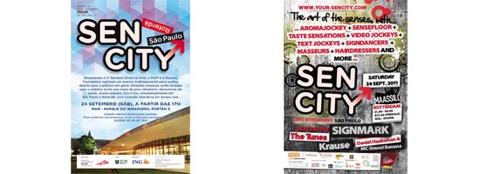
Sencity Flyers from São Paulo & Rotterdam
Ronald Ligtenberg:
“Eventually there were 2 very special editions with the Live Internet streaming which for some was ‘the’ highlight. The Brazilians who were in Rotterdam, had tears in their eyes when they saw their friends in São Paulo, in Brazil the audience got a lump in their throat when the deaf people saw their hero on stage in Rotterdam dancing. For me an unforgettable experience, and for 2200 attendees at both events as well!”
“The story continues with editions all over the world, but this one remains a special place in my heart!”
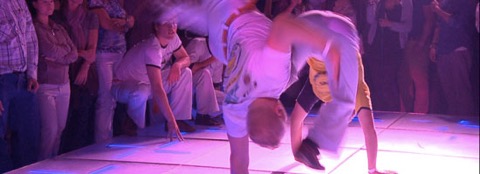
Live performances on the special vibrating floors on both locations.
Connecting Media and Connecting Media Brasil were able to put those live streams on both locations on huge beamer projections of 14 by 9 meters.
“We made a H264 Quicktime Livestream, to get the best quality. We we did not have too much bandwidth on the location in São Paulo, but we managed to make a good and stable live stream” René Schaap of Connecting Media Brasil told us.
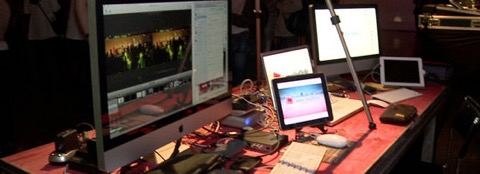
The webcast setup of Connecting Media Brasil
The camera position was setup in a way so that when you looked at the live stream, it was like you were looking at the stage in Rotterdam from a spectators point of view. Meanwhile the sound from the stream was equalized so the special vibrating floors also worked with both livestreams. Connecting Media showed it can stream live even from Brazil .... worldwide.
------------
Broadcast Brazil
Broadcast Brazil is an open platform for sharing information about the broadcast, webcast & mobile market in Brazil.
The brazilian economics is growing rapidly last 4 years, the possibilities for the Broadcast market , local & foreign , become a change to grow also for all companies and people working in the erea of work. With 2 major events next comming years ( World Championship soccer 2014 & Olympic Games 2016) gives this market a real push in the back. Broadcast Brazil will inform you with info and stories with and about companies, engineers & technicians in the field and other personnel at TV stations, Post-production, TV Studios, Audio Studios, TV networks, Satellite uplink companies, webcast & Streaming companies and the mobile world regarding to TV, video & streaming on mobile devices.
Broadcast Brazil will also be a source of information to hire the right professional companies and people in Brazil for your production. Companies and Broadcast freelancers can add their information on the website itselfs. This will be a frre service for all.
The website is in english to make it easy for foreigners to do business on the Brazil market, and to promote english speaking Brazilian co-workers / freelancers in the Broadcast, webcast and mobile world in Brazil.
The Brazilian economy has been growing rapidly for the last years. The possibilities in the broadcast market have become a chance for all companies and people who are active in this area of work. With the two major events coming up; the FIFA World Cup in 2014 and the Olympic Games in 2016, giving Brazil another push forward.
Broadcast Brazil will keep you up-to-date with stories and experiences from people who are working in the broadcasting business in Brazil. Stories by companies, by engineers & technicians in the field, TV stations, post-production companies, TV studios, audio studios, TV networks, satellite uplink companies, webcast & streaming companies and video & streaming in the mobile world.
Want to write yourself for the blog or Insights, just contact us to receive the information.
Broadcast Brazil will also be a source of information when looking for professionals and companies in Brazil for your production. Companies and broadcast freelancers can add their information on the website. This will be a free service for all.
Advertising and Advertorials are possible , just contact us to receive the information.
The website is in English to make it easy for foreigners to do business in Brazil, but also to promote english speaking Brazilian co-workers / freelancers in the Broadcast, webcast and mobile world.
